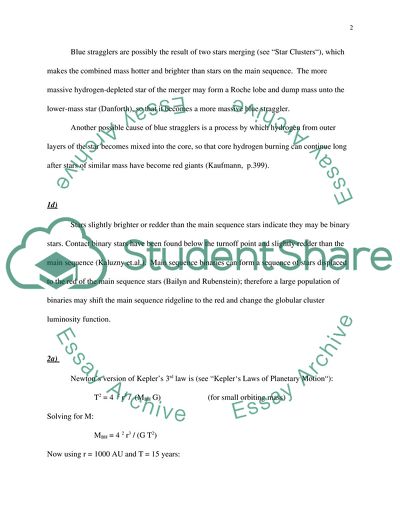Cite this document
(Astrophysics and Space Astronomy Assignment Example | Topics and Well Written Essays - 1250 words, n.d.)
Astrophysics and Space Astronomy Assignment Example | Topics and Well Written Essays - 1250 words. https://studentshare.org/astronomy/1703610-astronomy-assignment
Astrophysics and Space Astronomy Assignment Example | Topics and Well Written Essays - 1250 words. https://studentshare.org/astronomy/1703610-astronomy-assignment
(Astrophysics and Space Astronomy Assignment Example | Topics and Well Written Essays - 1250 Words)
Astrophysics and Space Astronomy Assignment Example | Topics and Well Written Essays - 1250 Words. https://studentshare.org/astronomy/1703610-astronomy-assignment.
Astrophysics and Space Astronomy Assignment Example | Topics and Well Written Essays - 1250 Words. https://studentshare.org/astronomy/1703610-astronomy-assignment.
“Astrophysics and Space Astronomy Assignment Example | Topics and Well Written Essays - 1250 Words”. https://studentshare.org/astronomy/1703610-astronomy-assignment.


